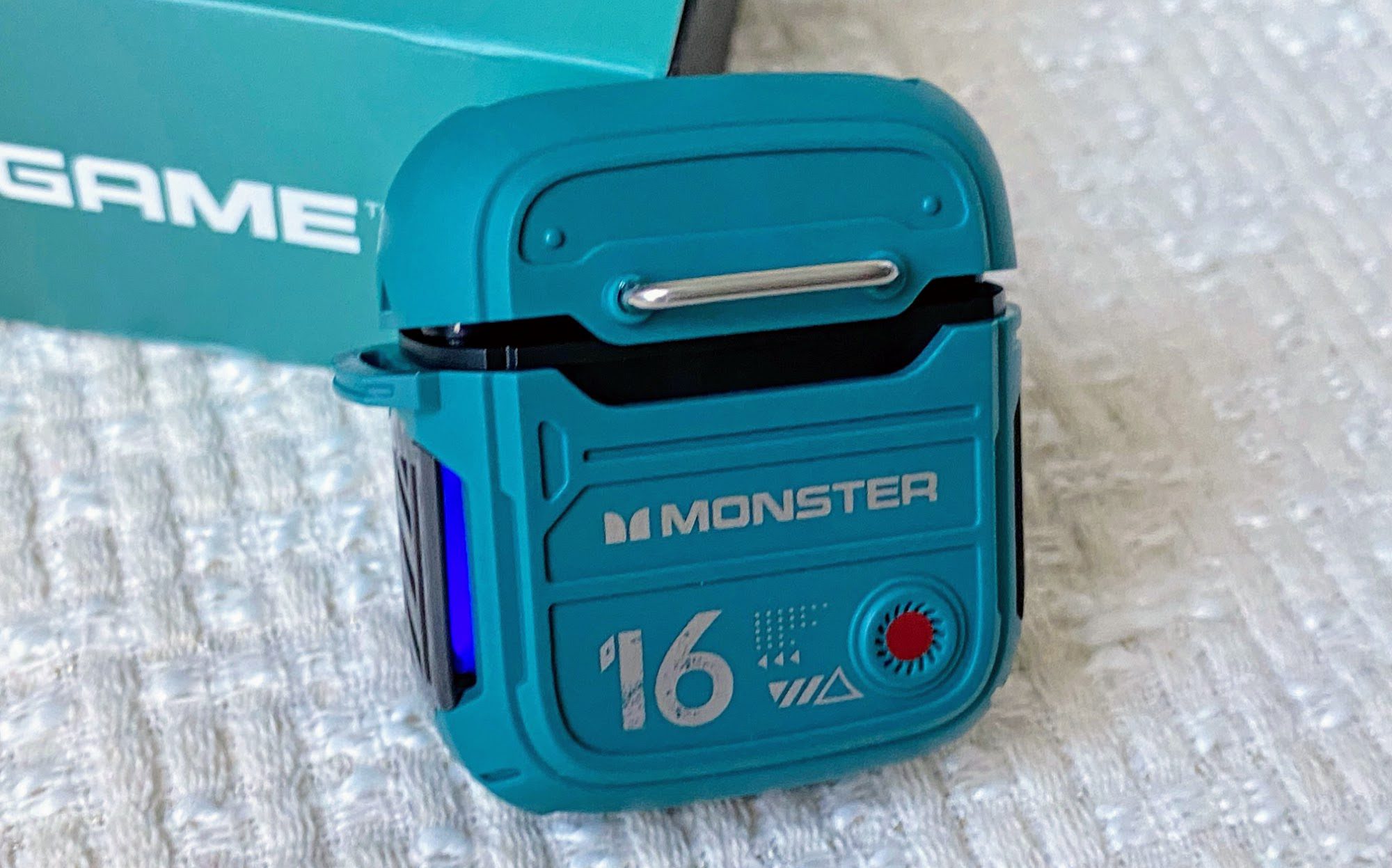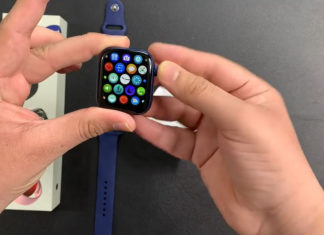Less than half a decade ago, there was a new buzz in the gaming industry: Cloud Gaming. Drawing on the success of on-demand video streaming services like Netflix, Cloud Gaming promised to deliver top-tier gaming experiences to gamers regardless of their hardware—meaning you could play the latest AAA next-gen console release on your mobile. Sounds great… right?
Well, there must be a reason why Cloud Gaming never took off like many expected it to do. So let’s take a look behind the hype, to see why you probably still don’t use cloud gaming as your platform of choice.
How Does Cloud Gaming Work?
The concept behind Cloud Gaming is simple. You connect to the internet and choose what game you want to play. Then, instead of running the game locally on your hardware, the game is run on powerful hardware provided by the Cloud Gaming service. The images rendered by this hardware are then streamed to your device over the internet, and your button inputs are relayed back to the cloud gaming hardware. So, in short, you can think of your device as a standard gaming controller, sending simple input messages over the internet to a powerful machine that actually runs the game for you.
Because of this, Cloud Gaming theoretically allows gamers to circumvent the need for powerful (and expensive) hardware. Allowing them to simply pay a subscription fee to have their games run on top of class devices, and streamed back to them.
While this may sound like a match made in heaven, there are some good reasons why Cloud Gaming never took off as many had predicted.
Why Is Cloud Gaming Unpopular?
1. Tough Competition
Google Stadia was the first big name in Cloud Gaming to get widespread attention, but that didn’t remain the case for long. Microsoft’s xCloud and NVIDIA’s GeForce Now quickly joined the race to become the top Cloud Gaming platform. While competition can be good for business, this competition was not. Each company continuously tried to obtain more and more titles, attempting to keep many as Cloud Gaming exclusives—leading to no platform having a definitive enough collection for cutting-edge gamers to enjoy.
What’s more, Cloud Gaming wasn’t just competing with itself, but with gaming at large. And with PlayStation, Xbox, and Switch each keeping plenty of their titles as console exclusives, Cloud Gaming simply couldn’t compete with the other alternatives in the gaming market.
2. Subscription Fatigue
While competition led to sub-optimal gaming offerings, Cloud Gaming also suffered by appearing at a point where most major entertainment services were transitioning to subscription models. This resulted in what many called subscription fatigue—consumer hesitance to add another subscription to their ever-mounting monthly bills.
While gamers have long been accustomed to monthly costs—through services like Xbox or PlayStation online or MMORPG subscriptions—Cloud Gaming simply didn’t seem worth it for players when they could purchase games outright. Especially if they already owned a games console to play cutting-edge games on.
Speaking of MMOs; if you’re playing WoW Classic or any other title, you can buy WoW Classic Gold here!
3. Ownership and Offline Play
Gamers like owning their games, period. While many put up with online distribution and storefronts, there’s nothing quite like having a physical copy that you know will always be available for you to enjoy or, better yet, legally resell.
Cloud Gaming ran into the issue that gamers would never own their games, meaning that if they wanted to return to a title months after completing it and ending their subscription, they would need to buy into another month’s subscription—even just to play for five minutes.
Moreover, this lack of ownership—and the whole concept of cloud gaming—meant that players simply could not play without an active internet connection. So, you could forget about playing your games on a commute or in a remote holiday destination.
4. Internet Speeds
Speaking of internet connection, one of the largest concerns with Cloud Gaming was the need for super-fast internet speeds. While the Cloud Gaming provider could provide you with all the gaming horsepower you needed, they required you to have internet speeds good enough to be able to stream the games in real-time—especially if you wanted to play the game in HD at 60fps.
Now, I don’t know about you but my internet can be patchy at best—meaning that Cloud Gaming would simply never provide a stable enough experience for me to enjoy.
5. Quality and Lag
As a result of relying on these internet speeds, gamers’ experience of cloud gaming would often be two things: low in resolution and high in lag. A combination that would make any gamer’s stomach turn. This poor gaming experience left many early adopters of Cloud Gaming with bad experiences and negative reviews—tarnishing the reputation of the service as a whole.
While Cloud Gaming sounds like the perfect way to game, it’s clearly not quite there yet. Since its launch, it hasn’t become the silver bullet that many gamers (and companies) had hoped. That said, the issues mentioned here may slowly be whittled away at with the continual improvement in internet infrastructure and gaming culture. So, perhaps we’ll all be cloud gaming by 2030—but I suppose we’ll just have to wait and see.

















